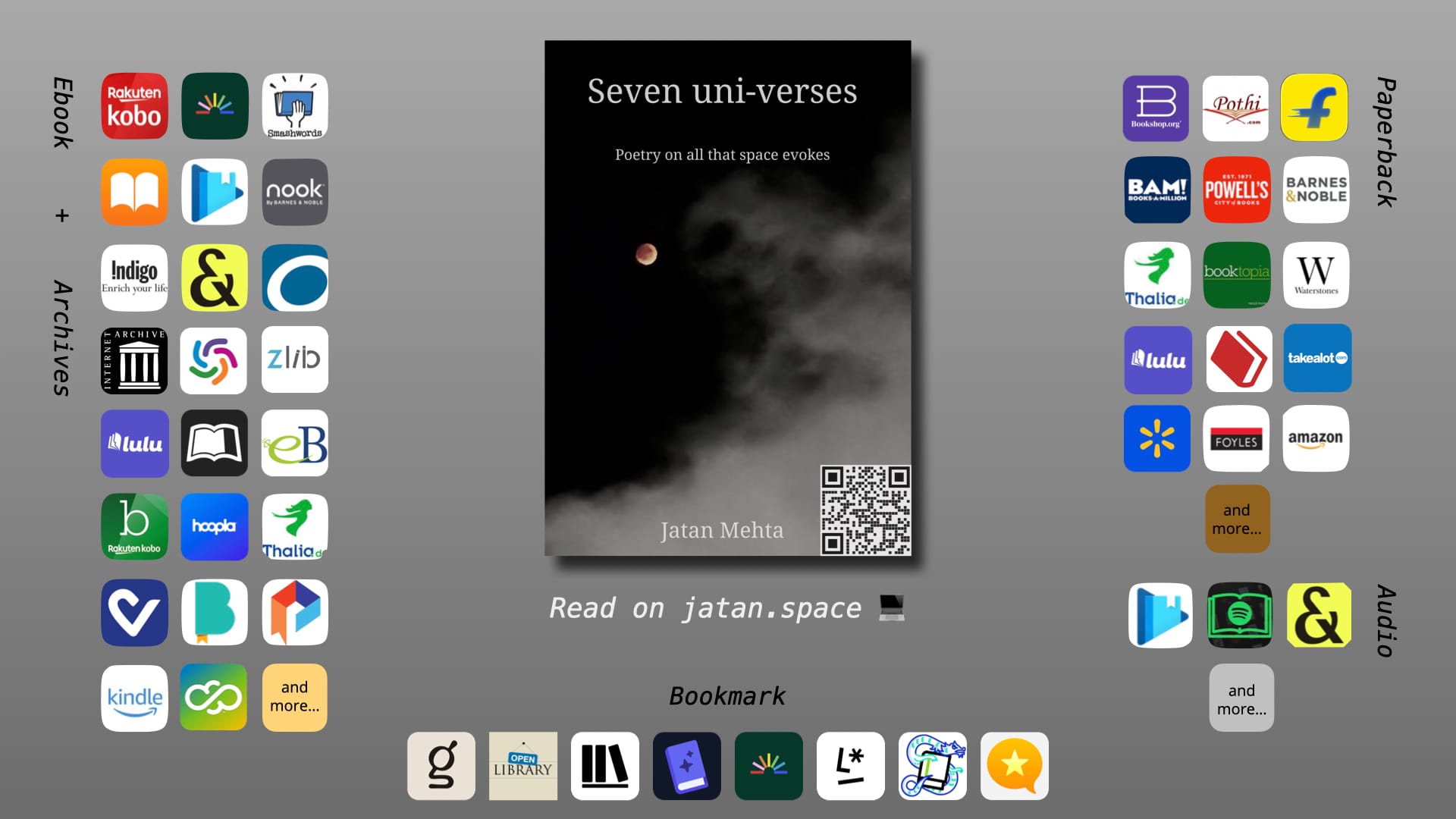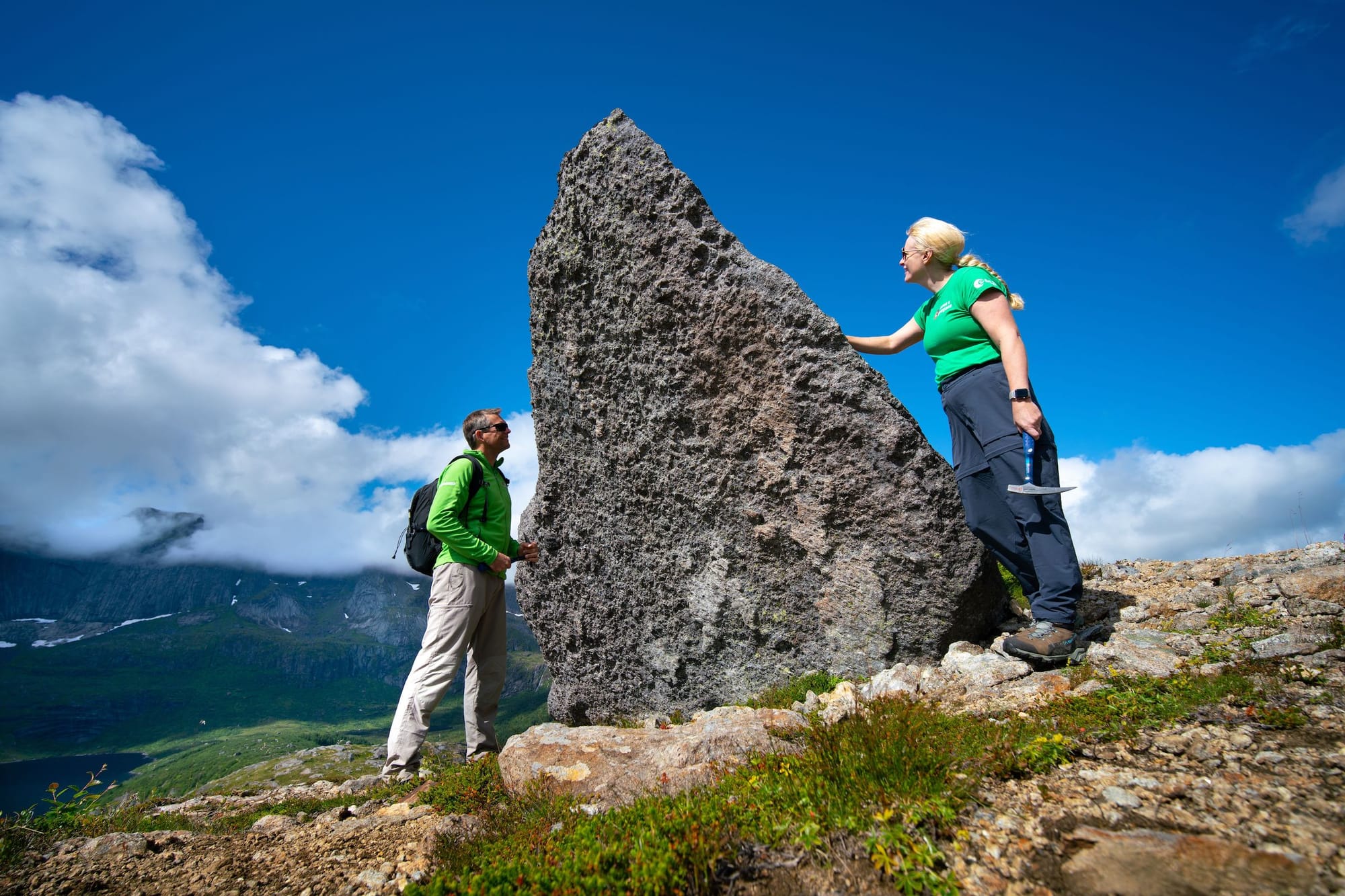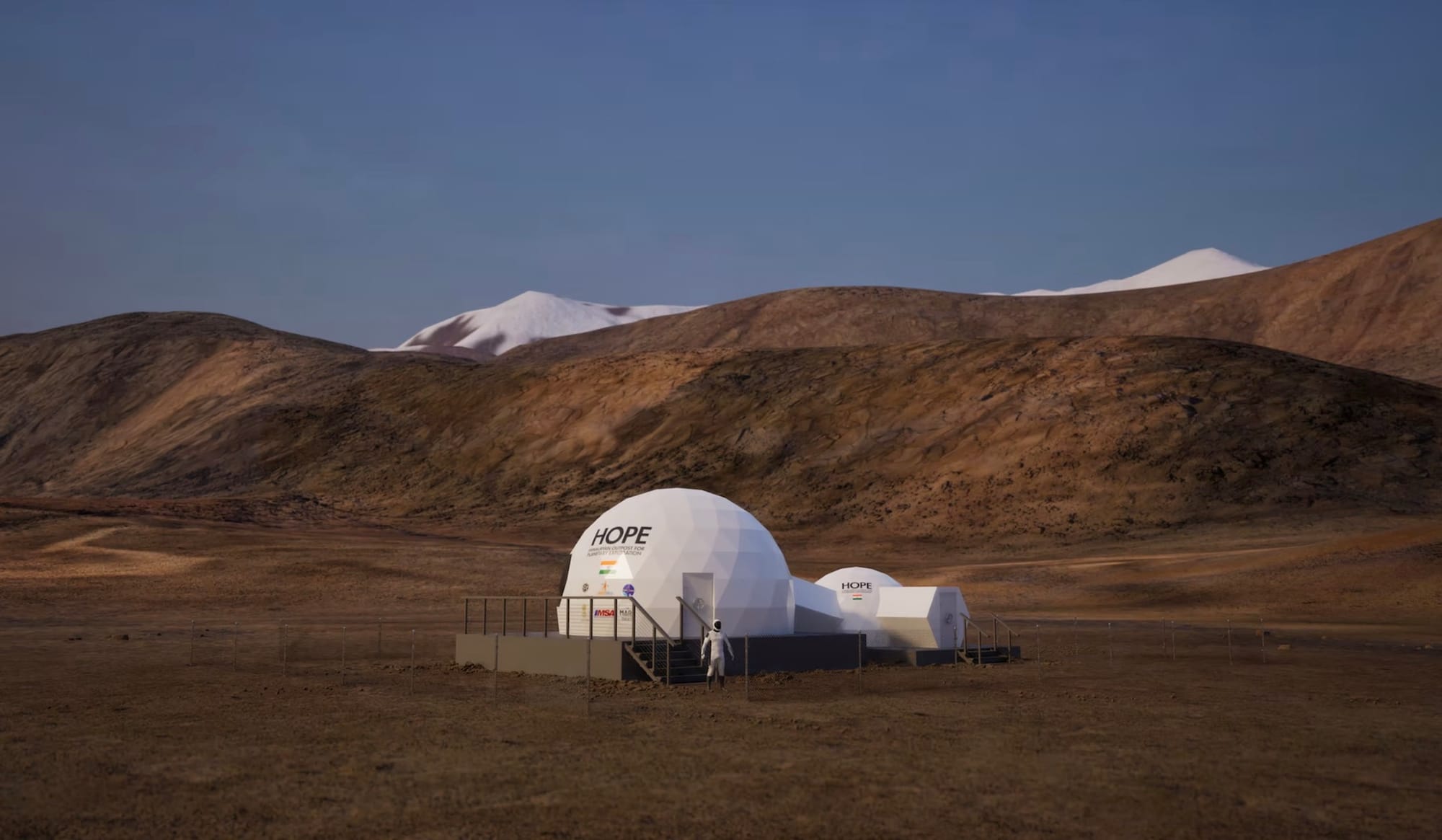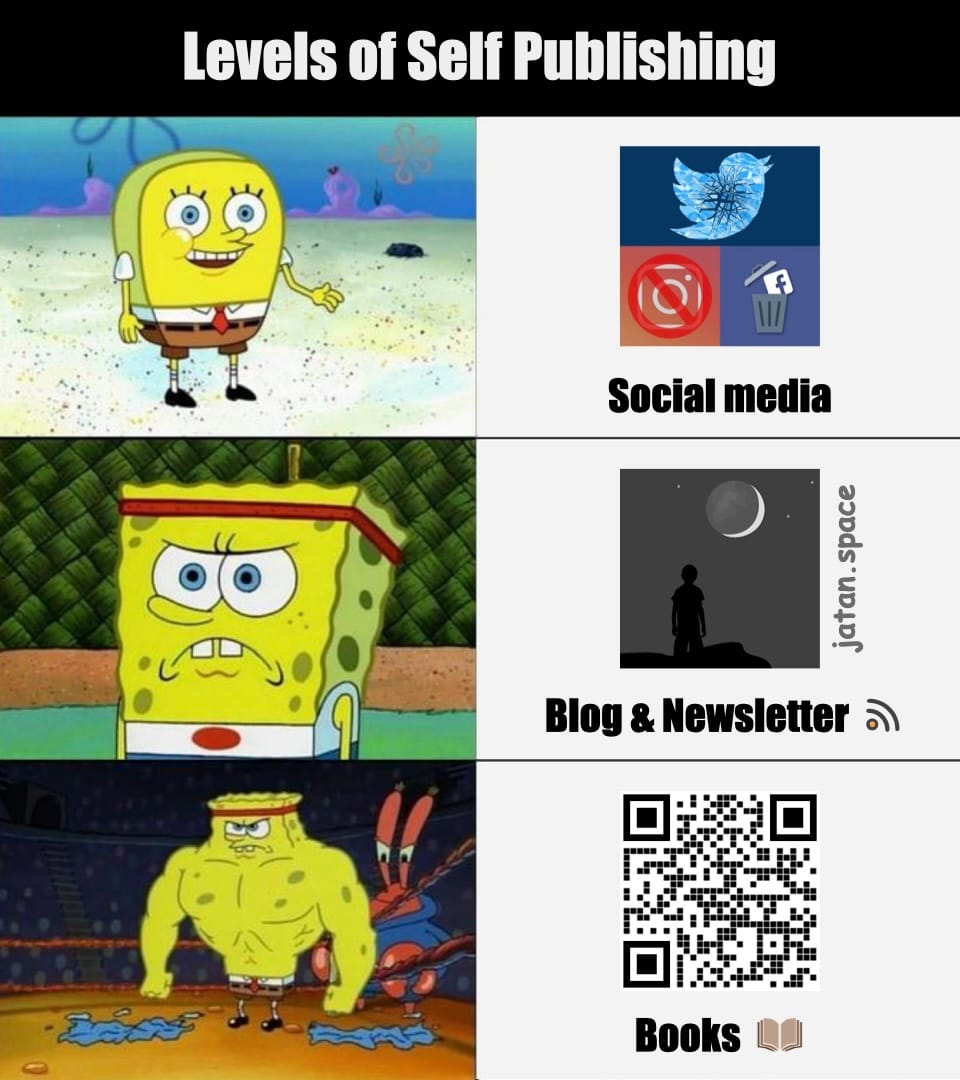Moon Monday #251: Prepping to live on Luna via analogs on Earth
Plus mission updates and more memes.
A personal note before we begin:
Dear readers, thank you so much for your personal & wondrous responses to my globally published space poetry in celebration of Moon Monday completing 5 years & 250 editions while crossing 10,000 subscribers. Hearing early readers express curiosity and awe has meant more than questionable labels and checkmarks on social media ever will. 💛
Figuring out how to independently publish my poetry on platforms globally with non-exclusive open access in multiple formats has laid a solid logistical foundation for me to publish future booklets & books for public good. I’m very excited for this next phase of my writing: Merge the worlds of blogs & books to bring affordable and accessible booklets on important but undercovered space exploration themes to people all around the world. I’m so excited that I’ve captured it in a meme.


If you find value in my open access approach to publishing my writing worldwide, kindly support independent writing & journalism as a reader.
Astronauts prep to live on the Moon via analogs on Earth
The harsh and frigid lunar night lasting 14 Earth days is a fundamental blocker in our ability to sustain robotic hardware as well as astronauts long term on the Moon. Recent landers like India’s Chandrayaan 3 and Firefly’s Blue Ghost both ended their missions at the end of their respective lunar day. Even larger scale Apollo astronauts over five decades ago returned before the onset of lunar nights. Among many challenges imposed by the lunar night, such as technical ones like keeping spacecraft electronics warm, is also a psychological one of astronauts surviving the frigid darkness in a heavily constrained environment of a small habitat while ensuring its continued operations.

To help develop effective operational procedures for prolonged living off-Earth, a multi-site analog habitat mission part of the World’s Biggest Analog project took place around the world this past October. One of these organized by ICEE.Space in Australia specifically mimicked astronauts surviving the lunar night in an intentionally constrained habitat. [A dear Moon Monday reader and supporter, Louis-Jérôme Burtz, participated in it.]
This is the latest in a series of expansive global efforts to use analog missions and adjacent research styles on Earth to iteratively tackle the herculean task of living and exploring the Moon and objects beyond for months, not days. Below is a non-exhaustive but representative summary of other such recent developments worldwide.
- ESA’s Pangaea project trains future astronauts from multiple space agencies in lunar geology and related new tools, such as an assistant tablet, to efficiently explore the Moon like never before.

- For Artemis III and beyond, NASA is making astronauts conduct high fidelity Moonwalk simulation exercises with simulated lunar south pole lighting, such as in last year’s analog mission in a lunar-esque volcanic field in Arizona. Science writer Alexandra Witze covered the activities, their rationale, and importance right from the mission’s backroom.
To mimic the lighting conditions at the lunar south pole, JETT5 organizers built a ‘Sun cart’ — essentially a giant spotlight wheeled onto the landscape. To Rubins and Douglas, the light looked like the distant Sun hovering just above the horizon. The astronauts carefully navigated their way across the dim landscape, relying on a few personal lights to aid their work. [...] The point of JETT5 was to develop tools and procedures that will work for Artemis III astronauts on the lunar surface.
[...]
Not everything went smoothly during the night-time EVA. The flight-operations team deliberately built in some challenges, including dropping video communications with the astronauts any time they travelled too far from the lander. An artificial, 20-minute delay on downloading imagery meant that the science team often couldn’t see real-time photos of the rocks the astronauts were picking up.
- In parallel, ESA is training astronauts at its versatile Moon-simulating LUNA facility in Germany, with tests of instruments, mission concepts, modern astronaut tools. There’s even use of virtual reality. A simulated habitat module adjoining LUNA will soon be used to better test complex mission scenarios where humans and robots interact in varied ways for long periods.
- The Russian Academy of Sciences completed a year-long analog on Earth late last year to study isolation effects on humans who will live for extended periods on the Moon in the future.
- Chinese taikonauts (astronauts) have begun initial training for lunar missions since late last year across lunar transit and surface operations as part of the country’s preparations to land humans on the Moon.
- Since last year, ISRO, in collaboration with organizations like Protoplanet, formally started terrestrial testing of what living and conducting research on the Moon and Mars could be like for its astronauts via baseline analog missions at dry and mountainous Ladakh.

- NASA, ESA, and Nikon are collaborating on an ergonomic handheld camera for Artemis III astronauts to capture good low light images in the dark environment of the Moon’s south pole. Called the Handheld Universal Lunar Camera (HULC), its prototypes have been tested and refined by ESA and NASA in several analog missions. One scenario included using the camera with a telephoto lens because new research based on the Apollo missions shows that astronauts’ perception of distances and slopes gets altered on the Moon’s surface. A telephoto lens would thus better guide Moonwalks. A radiation-hardened and thermally protected HULC camera is supposed to be tested on the International Space Station before using it on Artemis missions.
- South Korea is transforming its former mining site of Taebaek into a testing ground for advanced mobile lunar exploration technologies, owing to the mine’s environmental resemblance to the darkness, coldness, and ruggedness of the Moon’s south pole.
Having multi-site as well as concurrent analog missions worldwide also provides researchers an opportunity to conduct similar experiments in high volumes so as to gather statistically useful data about their scientific effectiveness and operating procedures.
Related tangent: Past mistakes to avoid in our grand return to the Moon this decade
Many thanks to Open Lunar Foundation, Astrolab and Karan Maindan for sponsoring this week’s Moon Monday! If you too appreciate my efforts to bring you this curated community resource on global lunar exploration for free, without ads, kindly support my independent writing:
Mission updates

- On November 13, Blue Origin’s heavy-lift New Glenn rocket successfully launched NASA’s ESCAPADE spacecraft pair on a trajectory ultimately headed for Mars. Crucially, Blue Origin successfully landed the rocket’s first stage booster on a sea landing platform, allowing its potential reuse to launch the company’s first robotic Moon lander called the Mark I by early next year; hopefully in January. This company’s first Moon mission in itself is crucial for Blue’s bet to carry NASA’s VIPER rover to the Moon on the second Mark I lander in 2027. And, Mark I’s hoped for success is in turn what Blue wants to leverage to land humans on the Moon for the US.
- A few months after the Chandrayaan 3 lander touched down on the Moon in August 2023, ISRO had pulled the mission’s propulsion module (PM) from lunar orbit to Earth orbit against the nominal plan. At the time, ISRO stated the move’s purpose being space debris management by “avoiding uncontrolled crashing of the PM on the Moon’s surface at the end of life of PM thus meeting the requirements of no debris creation.” Two years later, the spacecraft’s high Earth orbit has not been stable and instead expanded due to the dynamic gravitational environment it’s amid. ISRO says the PM craft made two lunar flybys on November 6 and 11 respectively. It appears from ISRO’s release that while it was able to monitor the spacecraft’s trajectory, it did not fire any engines on the spacecraft to control or direct its trajectory. This suggests that either the craft has run out of fuel or its engines may not be performing nominally. Enthusiastic spacecraft tracker Scott Tiley surmises that because of this dynamic gravitational environment, the Chandrayaan 3 propulsion module could later in the decade either end up in solar orbit or crash with the Moon.
- After three years of work, ESA has completed the fourth European Service Module which will take astronauts on the attached Artemis IV Orion spacecraft to lunar orbit and back. It will also provide them with power and life support systems.
More Moon
- Marcia Smith reports that the US Congress finally managed to end the 43-day government shutdown. However, it currently only funds NASA until January 30, 2026, and so bills for its FY 2026 budget need to pass before that.
- US-based Star Catcher wants to deliver power wirelessly & optically from orbit to hardware on the Moon. Intuitive Machines is interested to tap into it for its upcoming rover.
- Thanks to fresh lunar samples brought to Earth by Chang’e 5 and Chang’e 6 missions, there has been a new influx of sample science results which have transformed our understanding of lunar volcanism and the Moon’s farside. Scientists from around the world will share more such results from studying little bits of Luna at the International Lunar Sample Research Symposium hosted later this week by the University of Hong Kong. I’ll eagerly attend the symposium in person, and will deliver a talk on India’s Chandrayaan 4 sample return mission. 🌕
Bonus memes for those of you who read till the end:


